Being a compound exercise, the Romanian Deadlift (RDL) strengthens the core and lower body simultaneously and is primarily used to target the posterior chain muscles: hamstrings, glutes and the erector spine.
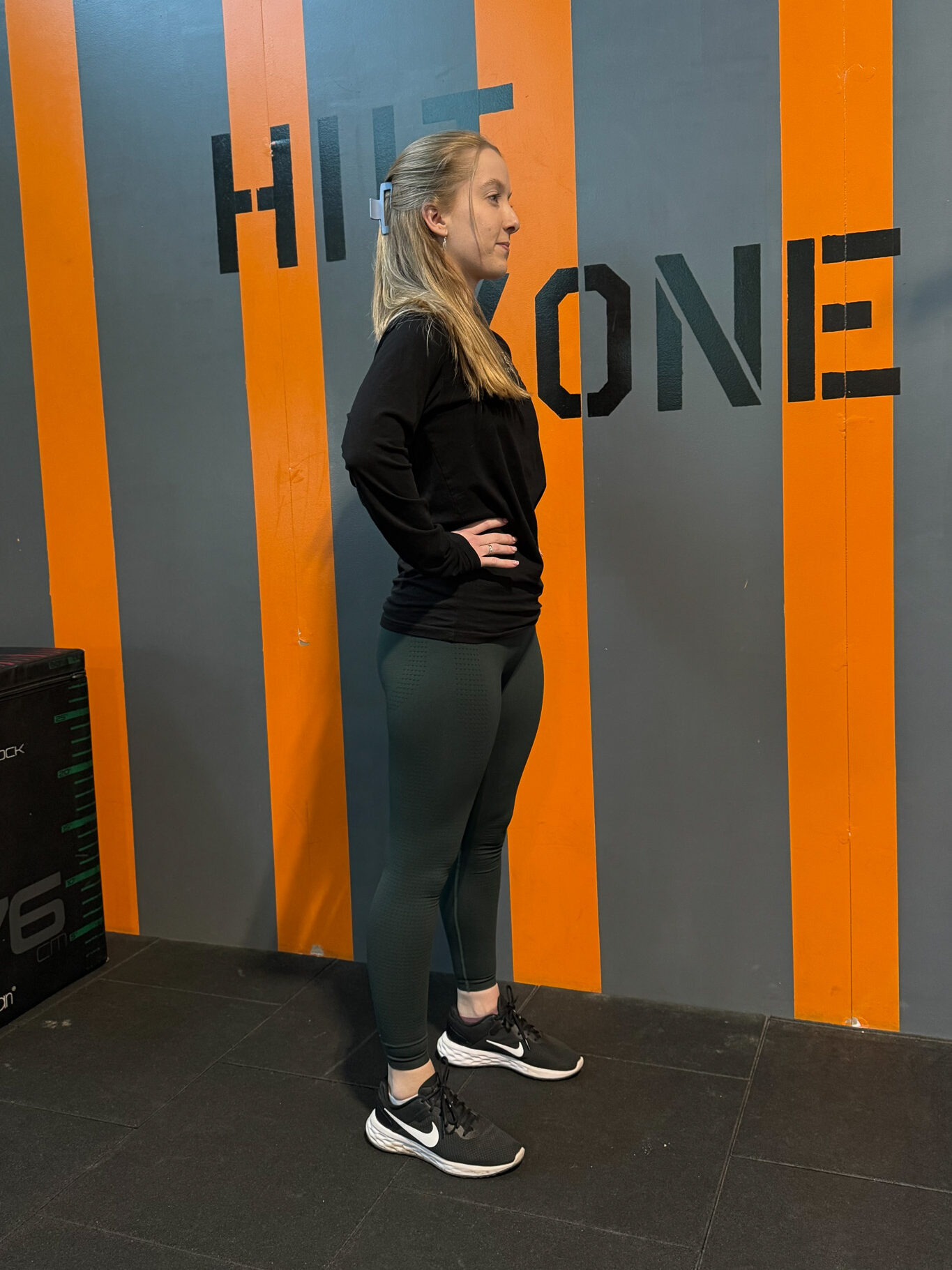
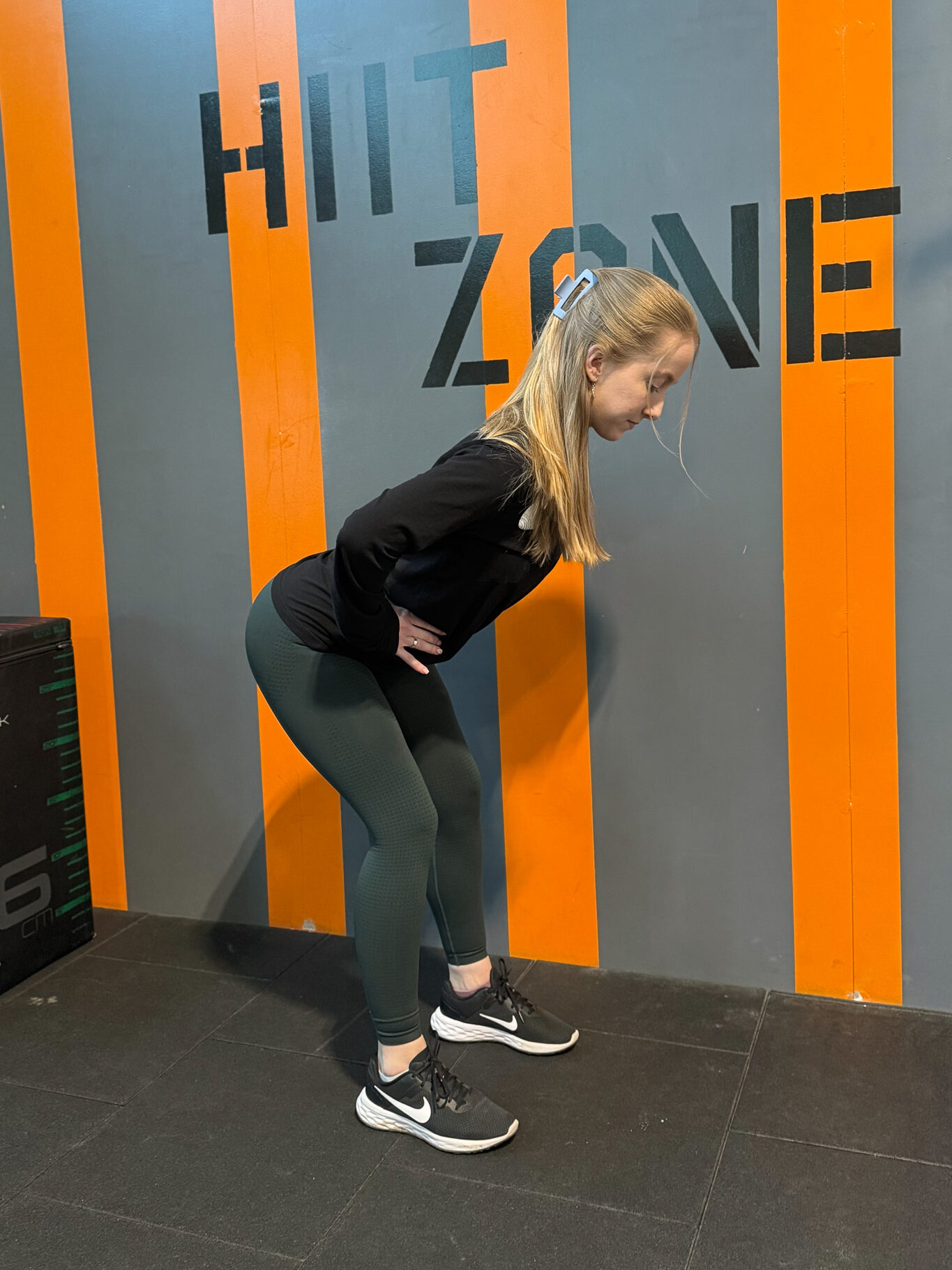
How to do an RDL:
- Positioning the barbell directly on the floor in front of you, stand with your feet directly under your hips and shoulders rolled back. Aim to keep your chest lifted, core tight and back straight throughout.
- Gripping the bar slightly wider than shoulder width, maintain a flat back as you drive into the heels to remove slack from the bar.
- Drive the hips forwards to come to standing. Pause at the top.
- Keeping the bar no more than an inch away from you, send your hips backward and lower the bar toward your shins until you feel a stretch in the hamstrings, maintaining a straight spine.
- Maintain a flat back and slight bend in the knees, while keeping your chest up. Dependant on flexibility, some will get the bar to the floor, others will get as far as the knees. Both options are just fine, so long as there is activation in the hamstrings, the bar remains close to the body and your back stays straight, with minimal flexion at the knees.
- Repeat for a desired number of repetitions.
Benefits of an RDL:
Compound exercise: RDLs are a great all-round exercise for building strength. While they’re ultimately used to strengthen your hamstrings, RDL’s also target the posterior chain, calves and core.
Injury prevention: RDLs are great for strengthening the posterior chain – the muscles that run down the back of your body – therefore aid in improving posture, and resultingly lower the likelihood of injury. This exercise is particularly great for improving lower back pain.
Improved stability: Like that of the above, RDLs hep you improve your posture and stability as a result of a strengthened core. RDLs require core engagement to maintain proper form, which will help strengthen your abdominal muscles and improve overall stability.
Improved athletic performance: RDLs are fantastic for hamstring development. Primarily targeting the hamstrings and therefore making them stronger, RDL’s contribute to improved performance in many sports and activities, such as running.
Functional strength: RDLs mimic everyday movements such as bending over, picking things up, tying your shoelaces and so on. They are therefore highly beneficial for the functioning of daily life.
Versatility: Finally, RDLs are incredibly versatile and can be performed with varying equipment including barbells, dumbbells and kettlebells. This means they can be adapted for varying levels of fitness, goals and so on. Further variations are explored below.
Common mistakes:
- Improper foot placement: Feet should be directly below your hips, and your toes should point forward with your knee tracking in line with your middle toe.
- Rounding your spine: Avoid rounding your back. TIP: Think of a Gorilla’s Stance. Roll those shoulders back, keep your chest lifted, and back flat. Rounding your back will place excess strain on your lower back.
- Using momentum: Selecting a weight suitable for your fitness level is a must. Relying on momentum to lift a weight will compromise form and increase your risk of injury. The movement should be slow and controlled.
- Not engaging your core: Ensure you’re pulling your belly button to your spine. By bracing your abs, you’re protecting your spine, improving balance and stability and reducing your risk of injury. Engage your core before and during the lift.
- Bending your knees too much: A slight bend in the knees is okay, but your knees should not continue to bend as you lower the bar. Bending the knees shortens the hamstrings, and our goal is to lengthen them. So, keep those legs relaxed but not bent.
- Not keeping the bar close to your legs: The lift is more difficult when the bar drifts away from your body. By letting the bar drift from your body, you’re penultimately limiting the amount of weight you’re capable of lifting. This also puts undue amounts of stress on your lower back, taking away from the local point which should be your hamstrings.
- Hip shift: This refers to one hip moving more than the other during an RDL. This is often caused by a muscular imbalance, poor form or an existing injury. These should be corrected before continuing with RDLs.
Being a compound exercise, there is lots of room for mistakes during this exercise. If you are new to the exercise or would like some guidance to ensure you are using correct form, be sure to grab one of our Fitness Instructors who will be more than happy to facilitate.
Variations:
There are several variations of the RDL each using a different piece of equipment, targeting different muscle groups and adding variety to your workout.
- Banded RDL: Adding the resistance band increases difficulty by providing constant tension throughout.
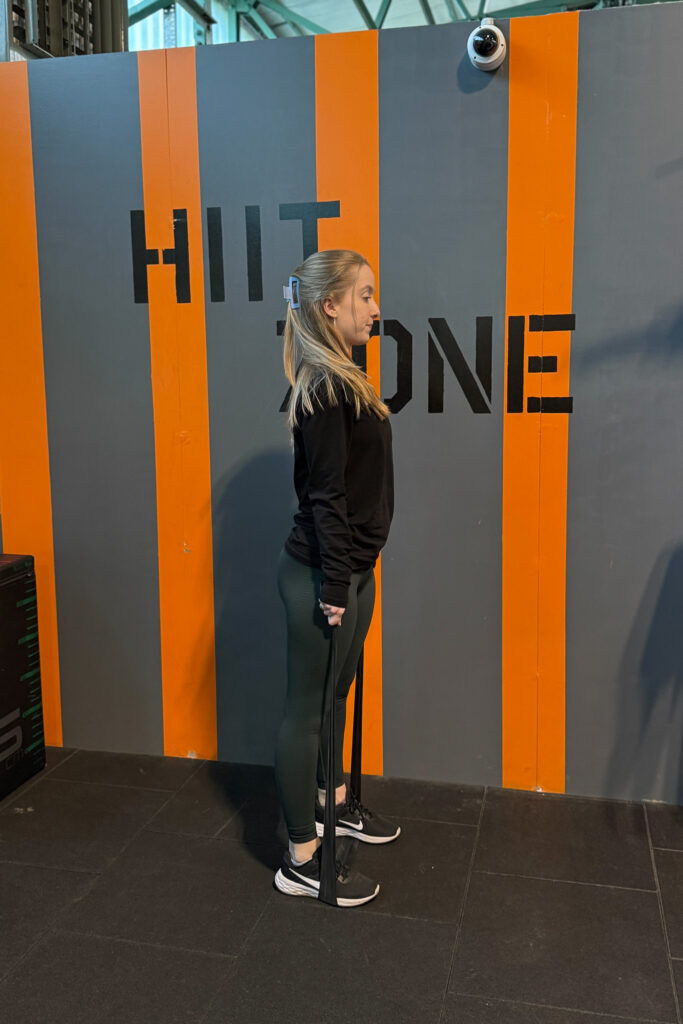
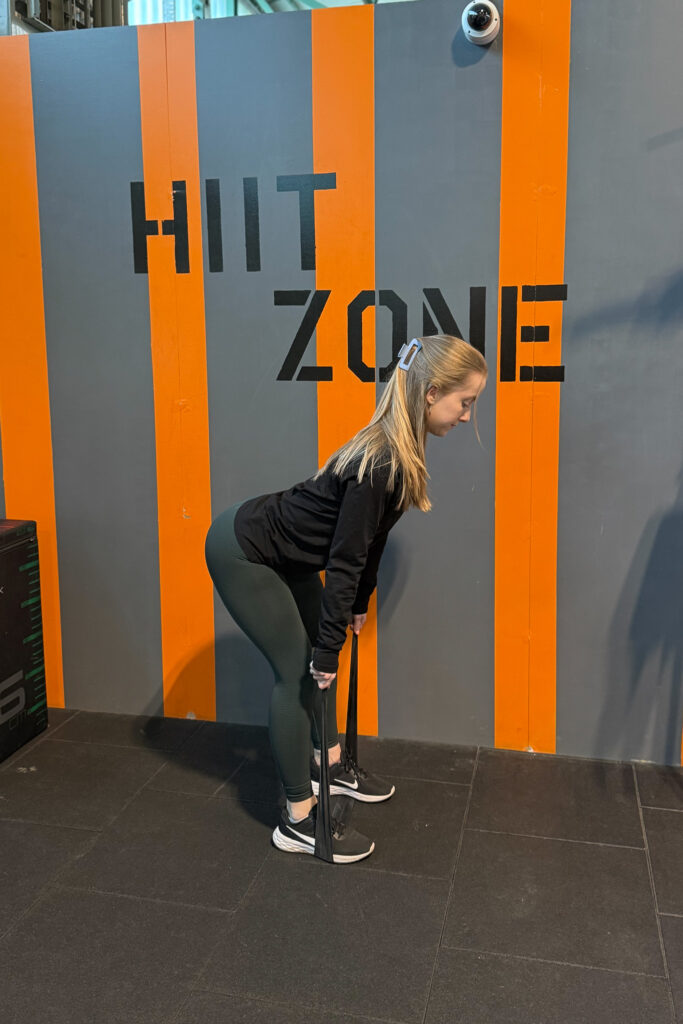
- Barbell RDL: These are great for those who want to explore heavier weights, increasing the intensity of the exercise.


- Single leg RDL: If improving core strength and balance is an aim of yours, single-leg RDLs could be the way forward. By standing on one leg and extending the other to the back, you are training balance and one’s ability to transfer weight, promoting core activation. CHALLENGE: If you become a pro at these, have a go at doing some on a bosu!
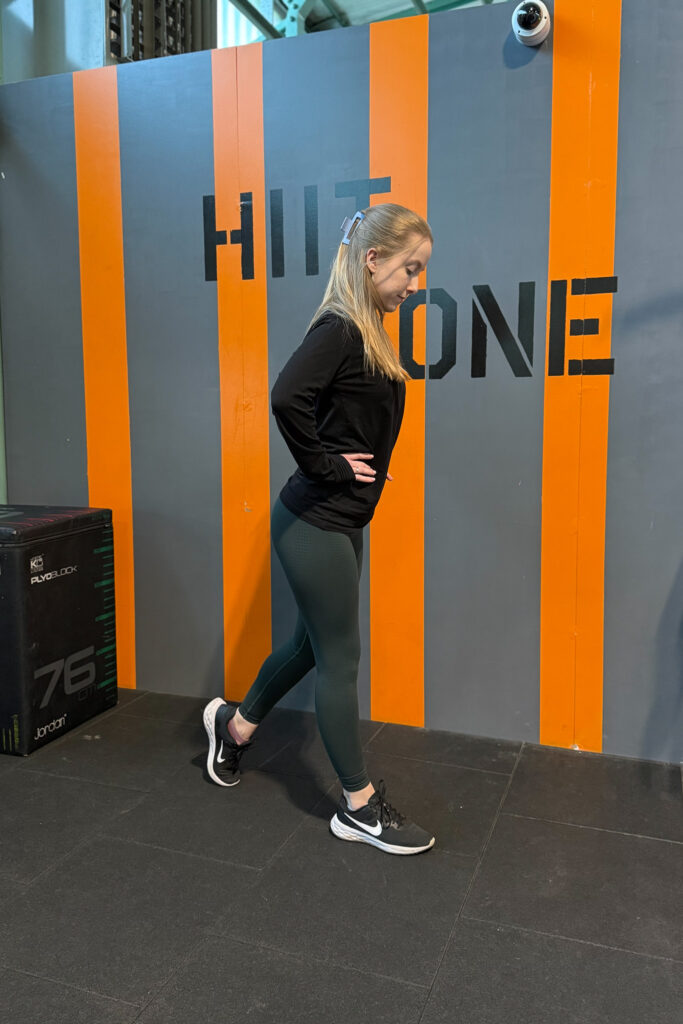
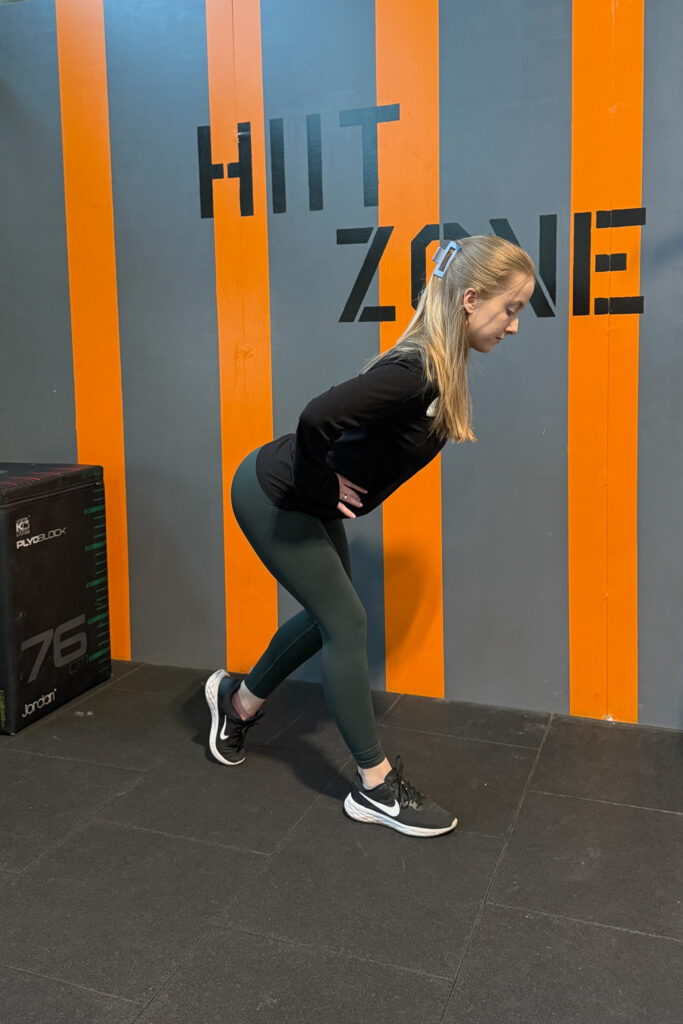
- Dumbbell RDL: This allows for greater range of motion but also allows for more variety in regard to working with two dumbbells or doing single leg RDLs and working with the one. This is also ideal for those that are beginners, have the technique down but would like to start introducing weight.
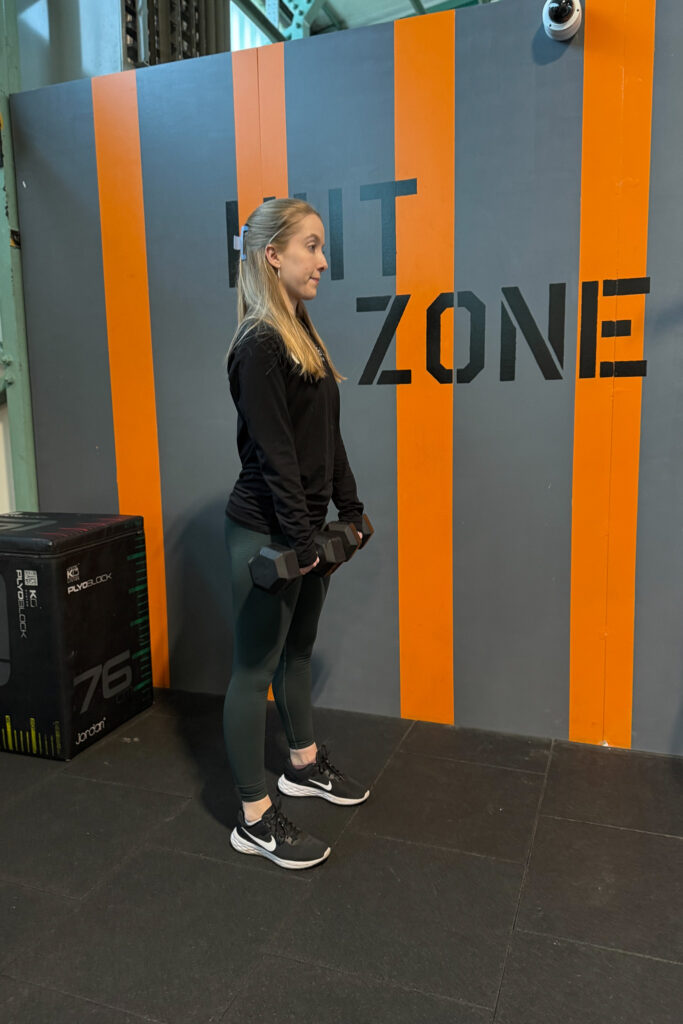
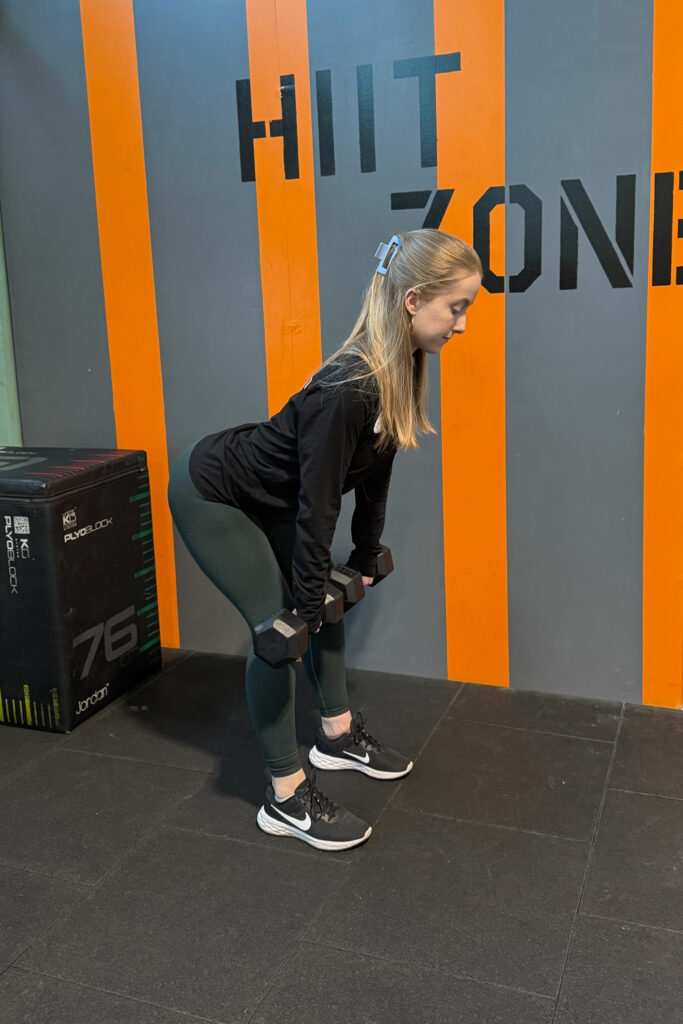
- TRX RDL: This offers additional stability and support. This is a great alternative for anyone that might have reduced flexibility, mobility or strength.

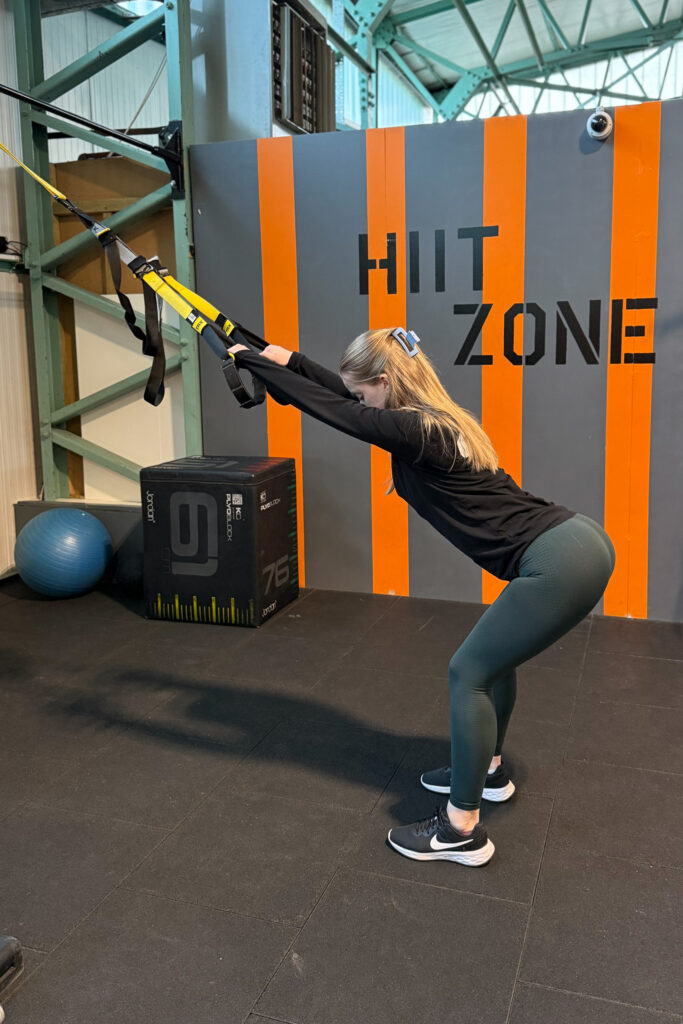
Blog by Caitlin Nicholls – Level 2 Fitness Instructor

